When families begin searching for “assisted living and memory care,” they’re often at a crossroads—knowing their loved one needs more support but unsure which type of care is the right fit. The good news? You don’t have to choose blindly, and you don’t have to settle for communities that only offer one option.
The decision between assisted living and memory care can feel overwhelming, especially when you’re already managing the emotional complexity of transitioning a loved one to senior care. Many families assume they’re mutually exclusive choices, but understanding the distinct differences—and similarities—between these two care models can help you make the right decision for your family’s unique situation.
This comprehensive guide will walk you through everything you need to know about both assisted living and memory care, including how to assess your loved one’s needs, what to look for in quality communities, and the financial considerations that will impact your decision. Whether your loved one needs assistance with daily activities or specialized dementia care, understanding these options will give you the confidence to move forward with clarity and peace of mind.
The Essential Differences Explained
Assisted Living Overview
Assisted living serves seniors who maintain a significant degree of independence but need some support with daily activities. This care model is designed for individuals who can still make decisions about their daily routines but may struggle with tasks like medication management, meal preparation, or personal care.
Who it serves: Assisted living is ideal for seniors who are generally cognitively intact but need help with one or more activities of daily living (ADLs) such as bathing, dressing, medication management, or mobility assistance. Residents typically maintain their independence in decision-making and can come and go as they please.
Core services and support: Standard assisted living services include medication management, assistance with personal care, housekeeping, laundry services, transportation, and emergency response systems. Many communities also provide wellness programs, social activities, and coordination with healthcare providers.
Living environment and freedom: Assisted living environments prioritize independence and choice. Residents often have their own apartments or suites and can personalize their living spaces. They’re free to participate in activities, dine when they choose (within reasonable hours), and maintain social connections both within and outside the community.
Social opportunities and activities: Robust activity programs focus on maintaining cognitive function, physical wellness, and social engagement. These might include fitness classes, educational programs, cultural outings, hobby groups, and community events designed to foster friendships and personal fulfillment.
Memory Care Overview
Memory care provides specialized support for individuals with Alzheimer’s disease, dementia, or other cognitive impairments. This level of care goes beyond basic assistance to include therapeutic interventions, enhanced safety measures, and specialized programming designed specifically for those experiencing memory loss.
Specialized dementia and Alzheimer’s care: Memory care communities are specifically designed with the unique needs of individuals with cognitive impairments in mind. This includes structured daily routines, specialized therapeutic activities, and environments that reduce confusion and anxiety while promoting dignity and quality of life.
Enhanced security and safety features: Memory care units typically feature secure entrances and exits to prevent wandering, which affects up to 60% of people with dementia. Additional safety features include monitoring systems, specially designed layouts to reduce confusion, and 24/7 supervision by trained staff.
Therapeutic programming approach: Activities in memory care are designed to stimulate cognitive function, reduce agitation, and provide meaningful engagement. This might include music therapy, art therapy, sensory programs, reminiscence therapy, and structured exercise programs tailored to cognitive abilities.
Staff expertise and training: Memory care staff receive specialized training in dementia care, including understanding behavioral changes, communication techniques for cognitive impairment, and crisis intervention. Staff-to-resident ratios are typically higher than in traditional assisted living to provide the intensive support needed.
How to Determine What Your Loved One Needs
Assessment Framework
Making the right choice between assisted living and memory care requires a honest assessment of your loved one’s current abilities and needs. Consider these key areas:
Current cognitive functioning checklist:
- Can they remember recent events and conversations?
- Do they recognize familiar people and places?
- Can they make safe decisions about daily activities?
- Are they experiencing confusion, especially in new environments?
- Have there been changes in judgment or problem-solving abilities?
Daily living skills assessment:
- Personal hygiene and grooming independence
- Ability to manage medications safely
- Meal preparation and eating habits
- Mobility and fall risk
- Continence management
- Housekeeping and laundry capabilities
Safety and supervision needs:
- History of wandering or getting lost
- Ability to respond appropriately to emergencies
- Risk of leaving appliances on or doors unlocked
- Frequency of confusion about time, place, or situation
- Need for redirection or behavioral management
Social and emotional considerations:
- Current social connections and relationships
- Response to changes in routine or environment
- Ability to initiate and maintain friendships
- Signs of depression, anxiety, or social withdrawal
- Communication abilities and preferences
Common Scenarios
Sarah’s Story: When Assisted Living is Perfect Sarah, 78, lives alone but has been struggling with meal preparation and medication management since her husband passed away. She remains sharp mentally, enjoys reading and gardening, and maintains close friendships. However, her family worries about her taking medications correctly and eating nutritious meals. For Sarah, assisted living provides the perfect balance—she gets help with the tasks that have become challenging while maintaining her independence and social connections.
Robert’s Journey: Why Memory Care Became Necessary Robert, 82, was diagnosed with Alzheimer’s disease two years ago. Initially, his wife managed his care at home, but his condition has progressed to include confusion about familiar places, occasional wandering, and difficulty recognizing some family members. He becomes agitated in new environments and needs constant supervision for safety. Robert’s family realized that specialized memory care would provide the security, routine, and therapeutic programming he needs while giving his wife peace of mind and support.
The Martinez Family: Transitioning Between Levels of Care Elena Martinez, 85, initially moved to assisted living after a fall left her needing help with bathing and medication management. She thrived for two years, making friends and participating in activities. However, as her mild cognitive impairment progressed to dementia, she began experiencing anxiety in the larger assisted living community and needed more structured programming. Her family was grateful to be in a community that offered both levels of care, allowing Elena to transition to the memory care unit while maintaining some familiar faces and routines.
What Both Communities Should Offer
Universal Quality Standards
Regardless of whether you’re considering assisted living or memory care, certain quality standards should be non-negotiable in any senior living community you evaluate.
Licensed and trained staff: All staff members should be properly licensed, background-checked, and receive ongoing training specific to senior care. Look for communities that exceed minimum training requirements and provide specialized education relevant to their residents’ needs.
Person-centered care approach: Quality communities develop individualized care plans based on each resident’s preferences, abilities, and needs. This means care should adapt to the person, not the other way around, respecting individual dignity, choice, and life history.
Family communication and involvement: Excellent communities maintain open communication with families, providing regular updates about care plans, health changes, and daily life. They should welcome family involvement in care decisions and activities while respecting residents’ privacy and autonomy.
Safety and emergency protocols: Comprehensive safety measures should include emergency response systems, staff available 24/7, clear evacuation procedures, and protocols for medical emergencies. These procedures should be regularly reviewed and practiced.
Nutrition and dining programs: Quality dining programs provide nutritious, appetizing meals that accommodate special diets, cultural preferences, and individual needs. Look for communities with registered dietitians on staff and flexible dining options.
The Financial Reality
Understanding the Investment
The cost of senior care represents a significant financial commitment, but understanding the factors that drive pricing can help families make informed decisions and plan appropriately.
Typical cost ranges for both services: According to the Genworth Cost of Care Survey, the national median cost for assisted living is approximately $4,500 per month, while memory care typically ranges from $5,000 to $7,000 per month. These costs vary significantly by geographic location, with urban areas generally commanding higher prices.
What drives pricing differences: Memory care costs more than assisted living due to higher staffing ratios, specialized training requirements, enhanced security features, and therapeutic programming. Additional factors affecting cost include location, amenities, apartment size, and level of care needed.
Insurance and payment options: Most long-term care insurance policies cover both assisted living and memory care, though coverage limits and waiting periods vary. Veterans may qualify for Aid and Attendance benefits, and some states offer Medicaid waiver programs for certain services. It’s important to understand what each payment option covers and any limitations.
Long-term financial planning considerations: Consider not just current costs but potential future needs. Some residents may require higher levels of care over time, and costs typically increase annually. Planning for 3-5 years of care expenses provides a more realistic financial picture.
Value Beyond Cost
While the financial investment is significant, families often find that quality senior care provides value that extends well beyond the monthly cost.
Quality of life improvements: Professional care, engaging activities, nutritious meals, and social connections often lead to improved physical and emotional well-being. Many families report that their loved ones are happier, more active, and healthier after moving to appropriate senior care.
Family peace of mind: Knowing that trained professionals are providing care 24/7 allows family members to transition from caregivers back to being children, spouses, or siblings. This can strengthen family relationships and reduce caregiver stress and burnout.
Comprehensive care coordination: Senior living communities typically coordinate with physicians, specialists, and healthcare providers, ensuring continuity of care and reducing the burden on families to manage multiple appointments and communications.
Social engagement benefits: Isolation and loneliness significantly impact senior health and cognitive function. Quality senior living communities provide built-in social opportunities that many seniors cannot access living independently or with family caregivers.
Making Your Decision with Confidence
Your Next Steps Checklist
Once you’ve assessed your loved one’s needs and understand the differences between assisted living and memory care, use this checklist to guide your decision-making process:
Questions to ask during community tours:
- What is the staff-to-resident ratio during different shifts?
- How do you handle medical emergencies?
- What happens if care needs change over time?
- Can you provide references from current families?
- What is your policy on medication management?
- How do you handle behavioral challenges or changes in cognitive function?
Red flags to watch for:
- High staff turnover or difficulty getting questions answered
- Residents who appear unkempt or seem to lack engagement
- Strong odors or cleanliness concerns
- Rigid schedules with no accommodation for individual preferences
- Unclear or hidden fees in contracts
- Pressure to make immediate decisions without time to consider options
Timeline for making the transition:
- Allow 2-4 weeks minimum for research and tours
- Factor in waiting lists at preferred communities
- Consider seasonal factors that might affect the transition
- Plan for a gradual transition if possible, starting with short visits
How to involve your loved one in the process:
- Include them in tours when appropriate and possible
- Focus on positive aspects like activities, dining, and social opportunities
- Allow them to have input on personal items and room setup
- Respect their concerns while gently addressing unrealistic expectations
What to Expect During Tours
Assisted living tour highlights: During an assisted living tour, you should see residents moving freely throughout the community, engaging in various activities, and interacting socially. Pay attention to the atmosphere—it should feel like a vibrant community rather than an institutional setting. Ask to see different apartment styles, common areas, dining rooms, and activity spaces.
Memory care tour focus areas: Memory care tours should highlight security features, specialized programming areas, and calm, structured environments designed to reduce confusion. Notice how staff interact with residents—they should be patient, kind, and skilled in redirecting or supporting residents as needed. Ask about their approach to challenging behaviors and how they personalize care.
Meeting with care coordinators: Care coordinators should be willing to discuss your loved one’s specific needs and explain how their community would address those needs. They should be knowledgeable about both the services they provide and the progression of conditions like dementia.
Assessment and planning process: Quality communities will want to conduct a thorough assessment before admission to ensure they can meet your loved one’s needs. This process should feel collaborative, not like a sales pitch, and should result in a clear care plan and cost structure.
Your Partner in This Journey
Choosing between assisted living and memory care doesn’t have to be an overwhelming decision when you have the right information and support. The key factors to remember are your loved one’s current cognitive function, safety needs, social preferences, and your family’s financial situation and values.
The right choice will bring peace of mind to your entire family, knowing that your loved one is receiving appropriate care in an environment designed to support their dignity, safety, and quality of life. Whether that’s the independence-focused environment of assisted living or the specialized support of memory care, both options can provide excellent outcomes when matched appropriately to individual needs.
Remember that this decision isn’t permanent—care needs can change, and quality senior living communities understand this reality. Many families find that starting with a thorough assessment and honest conversation about current needs, while keeping future possibilities in mind, leads to the best outcomes for everyone involved.
At Bellevue Village in Woodstock, we understand that choosing between assisted living and memory care can feel overwhelming. That’s why we offer both levels of care in one community, allowing families to make the best choice for today while having peace of mind about tomorrow. Our experienced team has helped countless Woodstock families through this exact decision, and we’re here to support you too.
Take the time you need to make this decision thoughtfully, involve your loved one as much as possible, and don’t hesitate to ask questions or seek additional guidance from healthcare professionals, social workers, or senior care specialists. This is one of the most important decisions you’ll make for your family, and approaching it with patience, information, and support will serve you well.
Contact Bellevue Village today through our website to schedule your tour and consultation. Let us show you how both assisted living and memory care can provide the quality of life your family deserves, all in one welcoming Woodstock community.
Sources
- Alzheimer’s Association – Statistics on wandering and dementia care needs
- Genworth Cost of Care Survey – National cost data for assisted living and memory care services
- National Institute on Aging – Information on activities of daily living and cognitive assessment
- Centers for Medicare & Medicaid Services – Guidelines for long-term care services and quality standards
- AARP – Resources on senior housing options and financial planning
- Administration for Community Living – Federal guidelines for senior care services
- National Association of Area Agencies on Aging – Community resources and care coordination information





